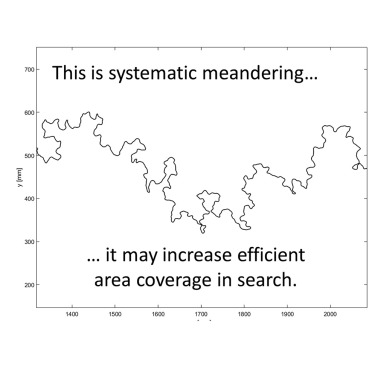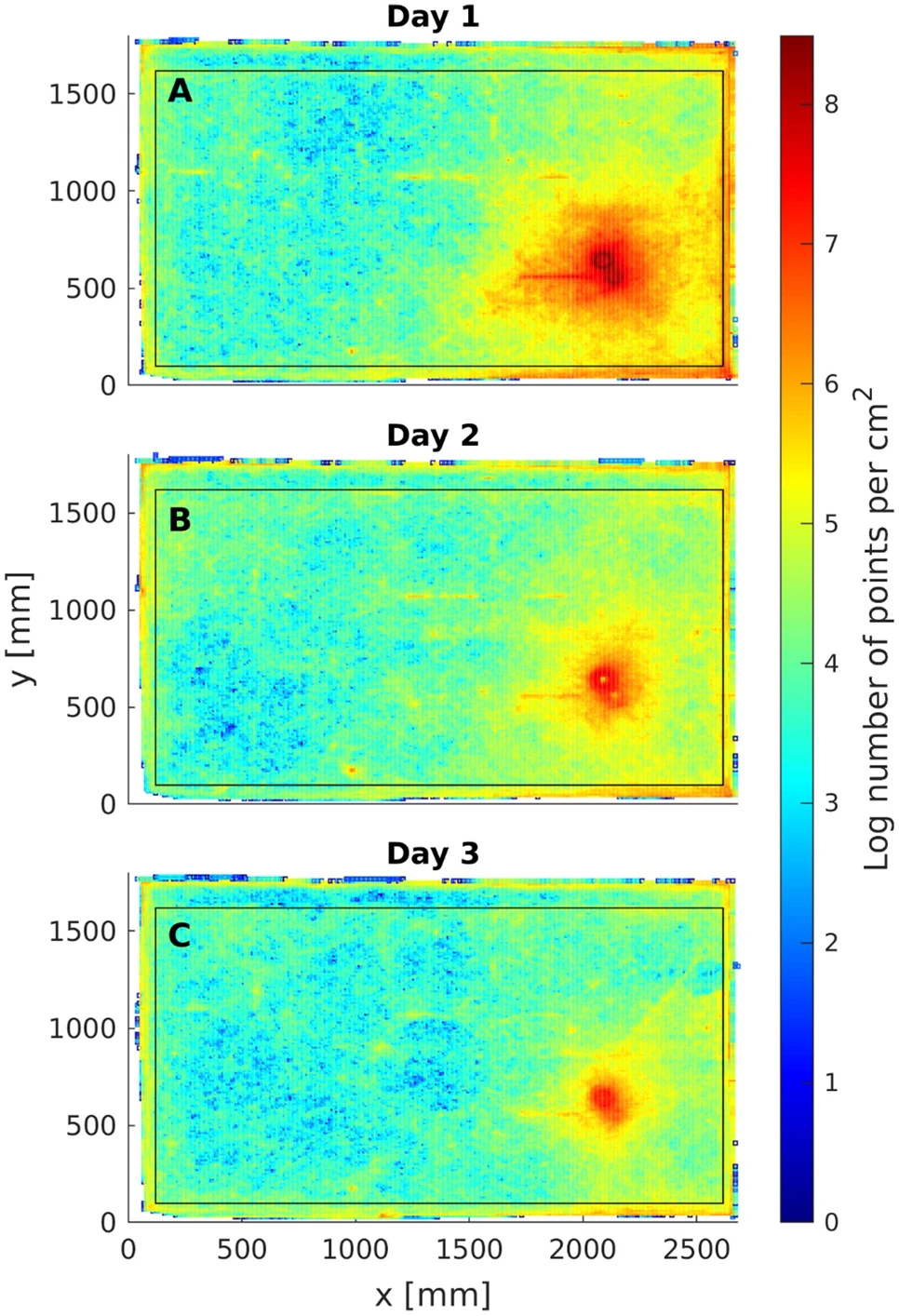ant search
PhD thesis - Ant search strategies for targets of unkown locations
These are the first 3 chapters of my PhD thesis. I continue to work on the topic of ant search in 2 other projects.
How do you search for a small item in a huge space you cannot oversee? Previously, the question of how ants search for unknown resources had barely been addressed in the scientific literature. I created to date the largest arena for tracking ants to describe their search patterns and answer questions about the influences of experience and communication.
methods
I let 5 whole colonies of ants search freely in a custom-built large arena which I recorded with 4 cameras to track the ants’ movements. Since I was interested in their search behavior for novel targets, I never added any resources in the arena.
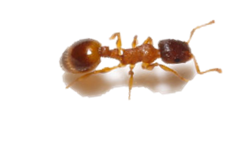
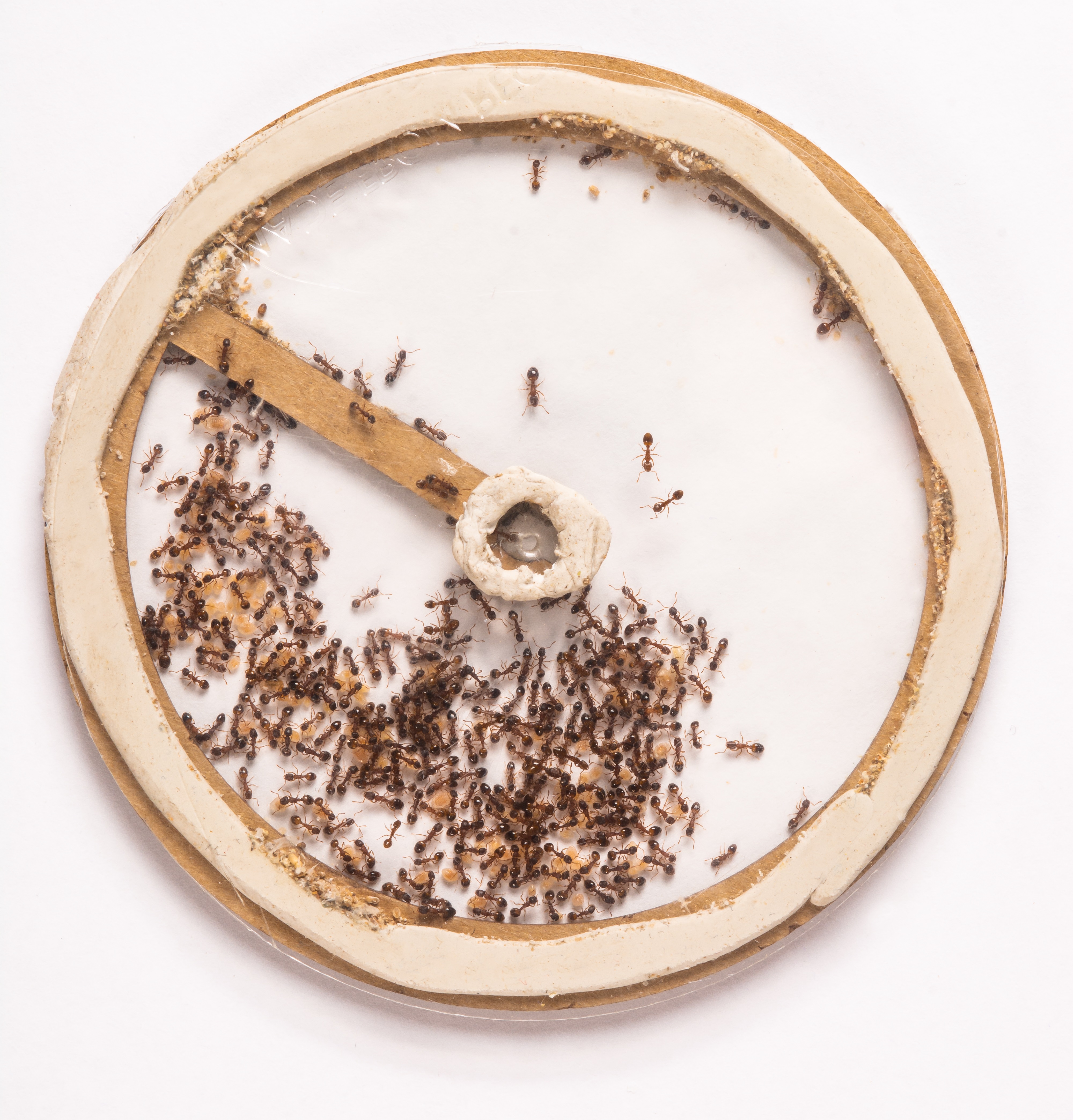
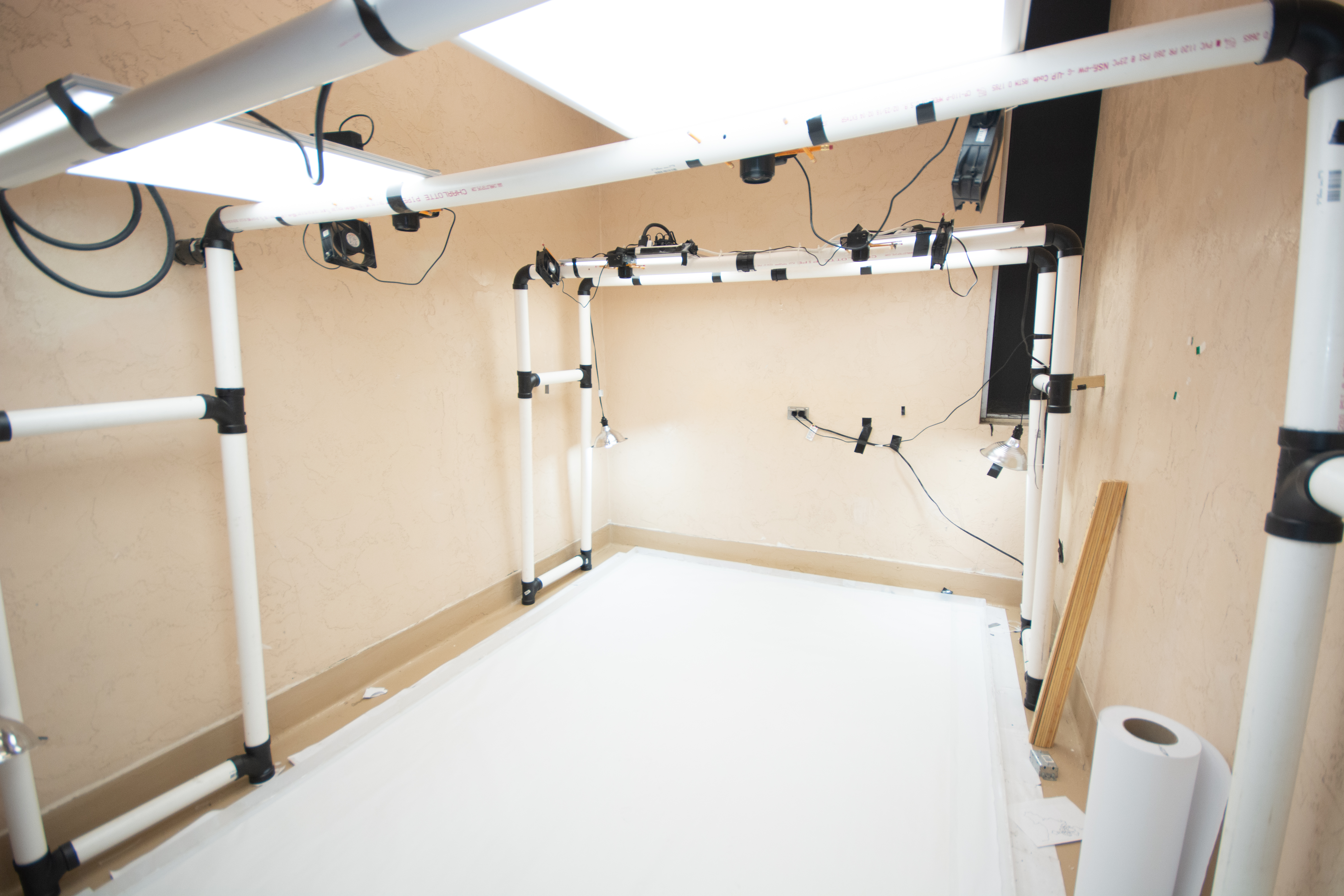
data processing
I preprocessed the 4 5h long 4K videos with a bash routine, first applying filters in ffmpeg and cutting them up for more accurate tracking (bash script). The processed videos were then fully automatically tracked with TRex (bash script).
For the following data cleaning and annotation, I developed an extensive routine which allowed for semi-automatic aligning and combination of different data sets, outlier exclusion, and tracking error correction. This involved various scripts for the creation of 3D interactive plots with specific functionalities to enable the visual inspection and correction of data. The manual part of the data correction was mainly carried out by undergraduate research assistants which I mentored. The whole data pipeline was thus designed to be user friendly, reproducible, and contained validity checks. I created several tutorials which helped with the training of this complex set of tasks.
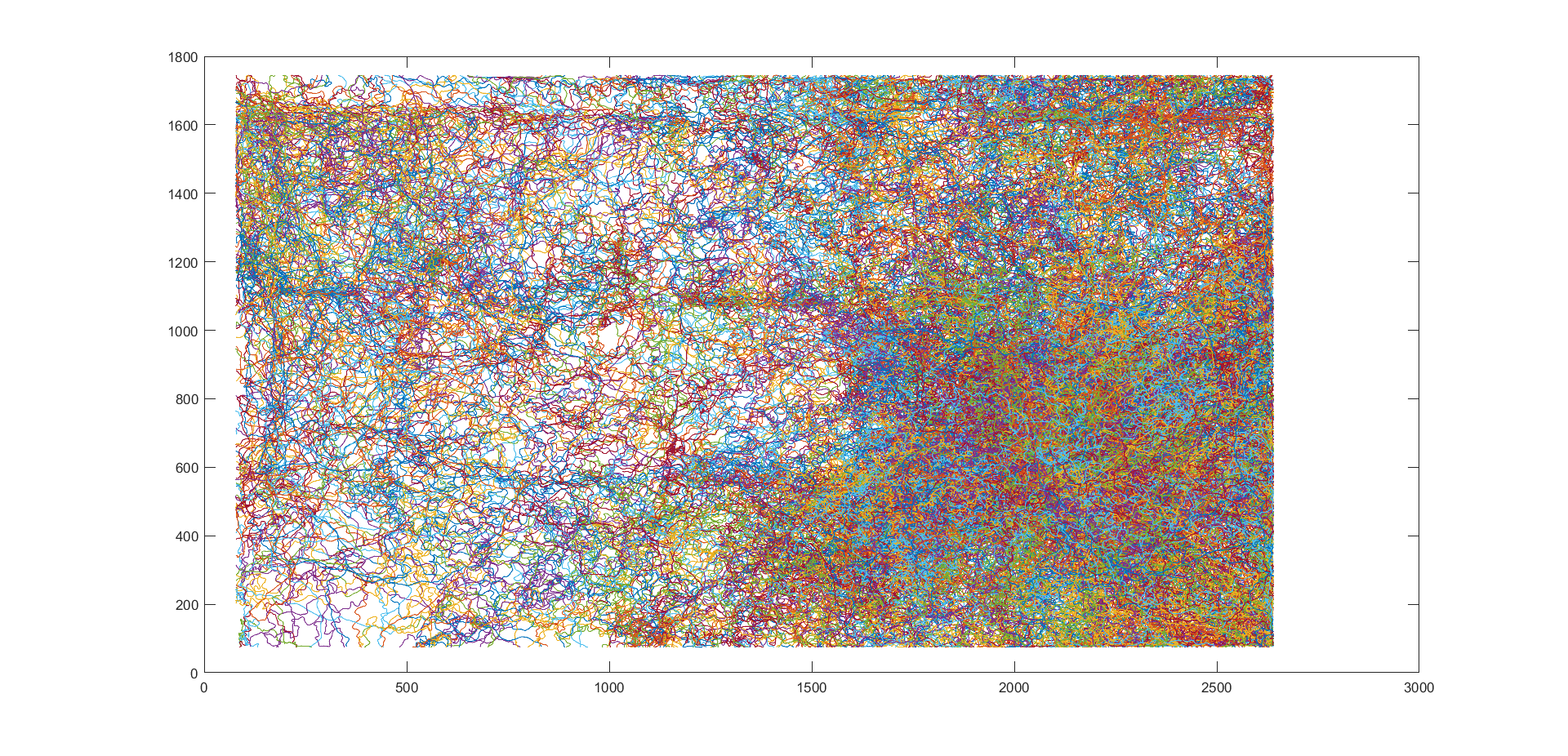
results
ants meander regularly
Ants do not merely walk purely randomly, as was previously assumed, but rather meander in regularly alternating smooth turns. This systematic element makes their search patterns more space-filling, and thus efficient, while the randomness conserves flexiblity and robustness to noise and obstacles. (Popp & Dornhaus, 2023)
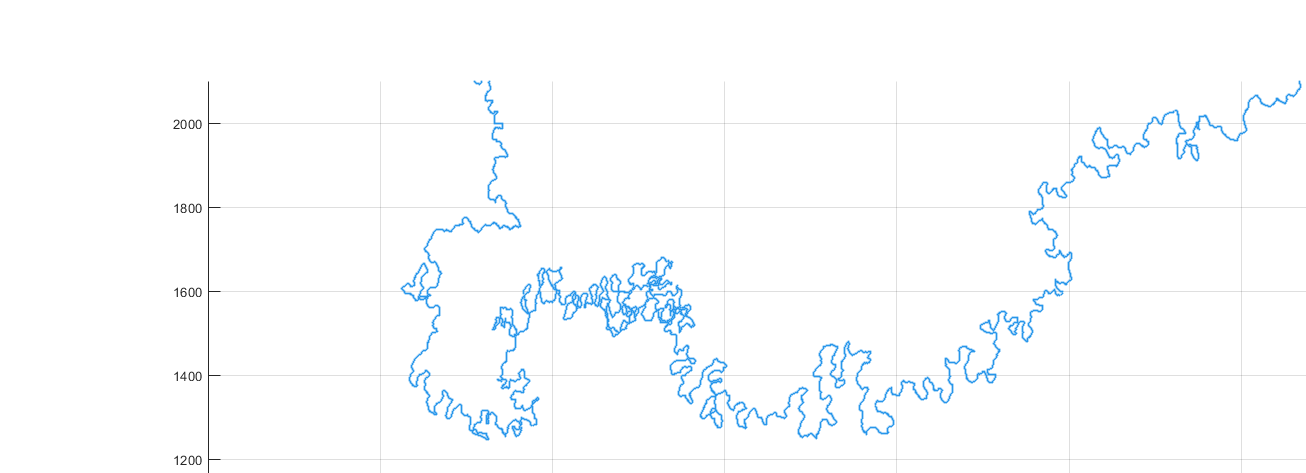
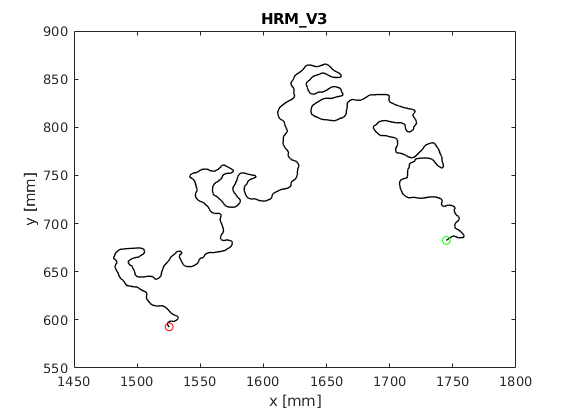
ants explore more near the nest in a novel environment
The study species often relocates their nest, requiring the foragers to get familiar with their new environment for effective navigation and search. Over 3 days after being placed into a new arena, ants moved less only near the nest, where movements are slower and curvier. This reflects a shift from familiarization or marking to searching. However, we don’t see stereotyped ‘learning walks’, like in some desert ant species. (Popp & Dornhaus, 2023)
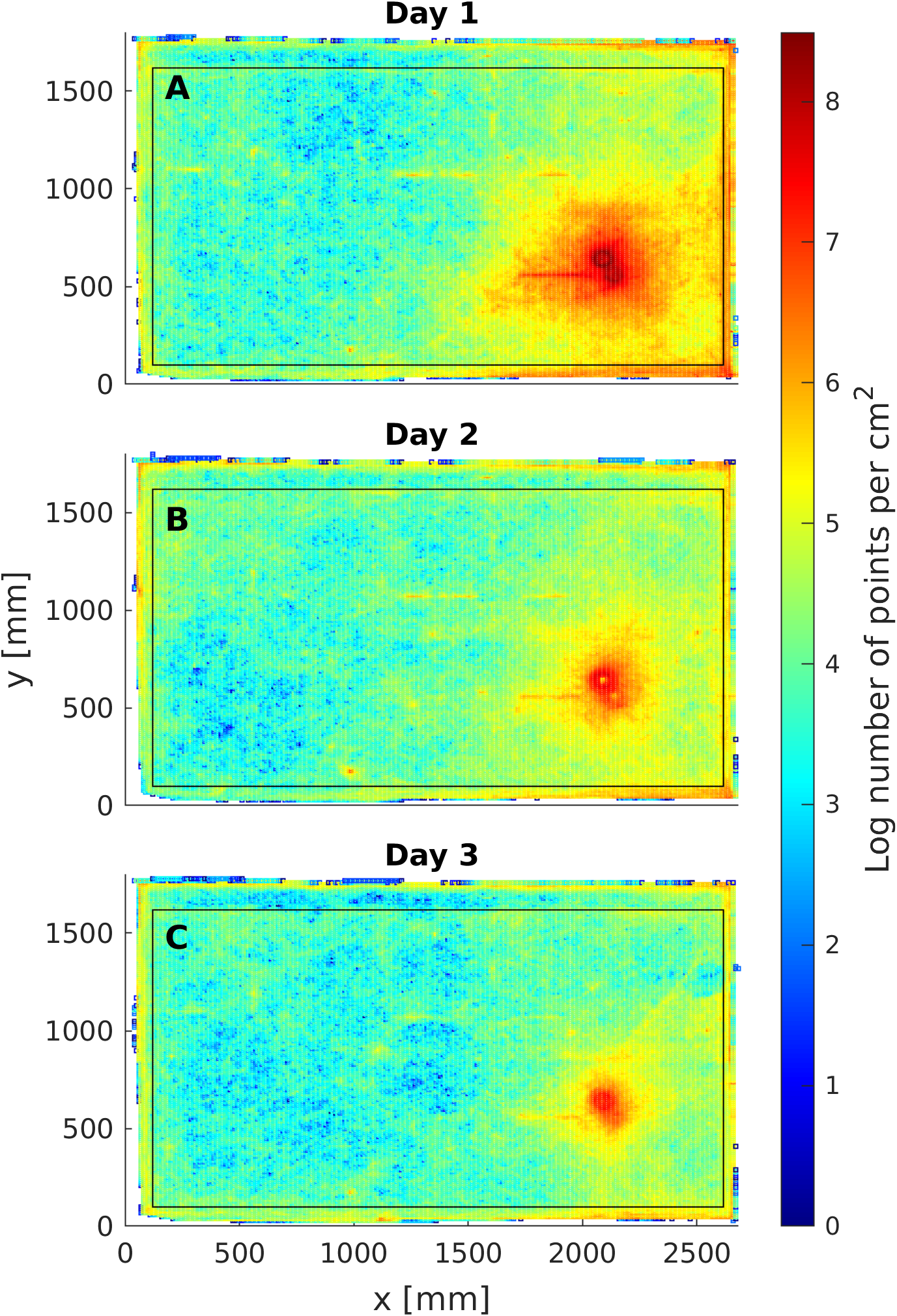
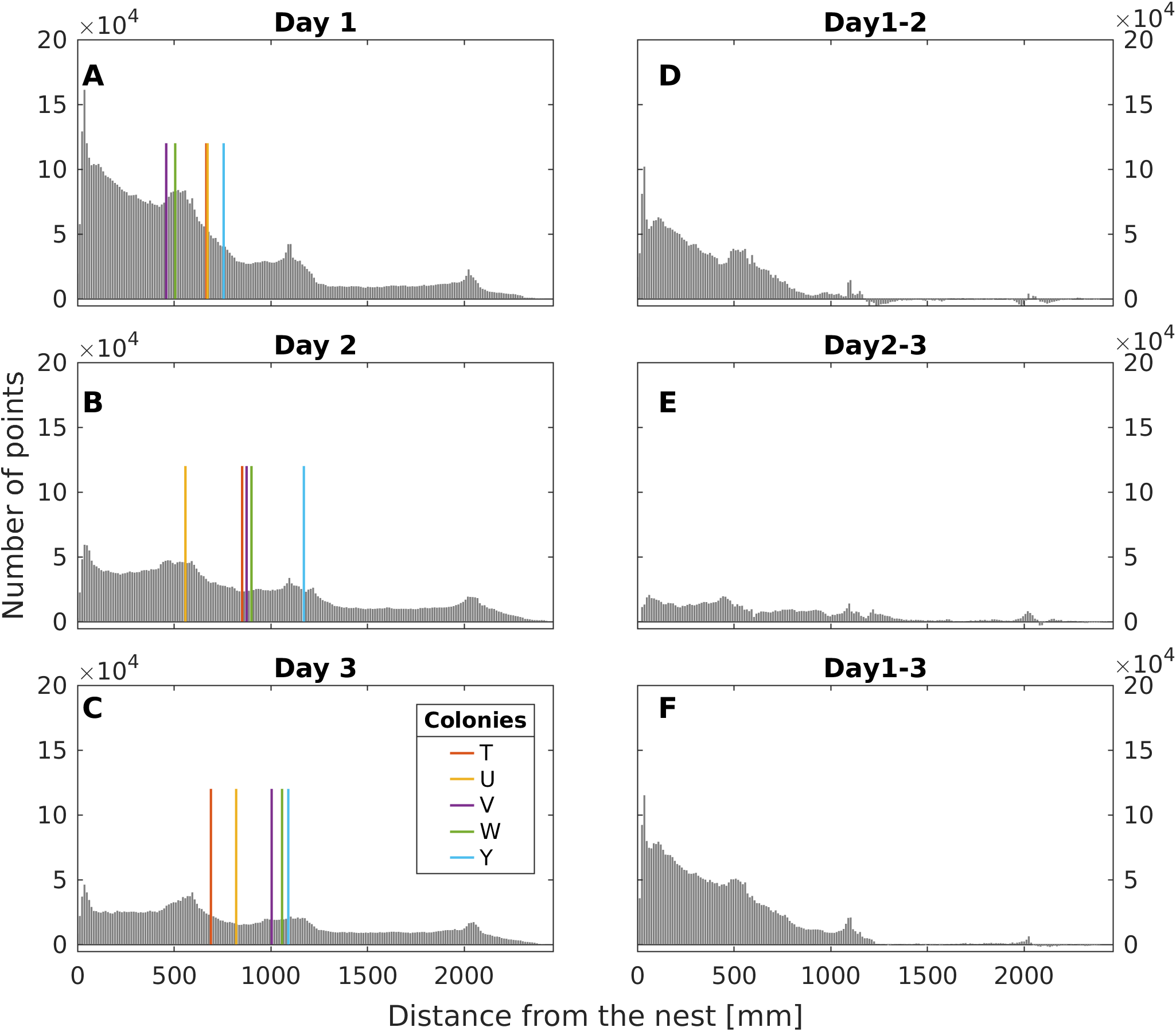
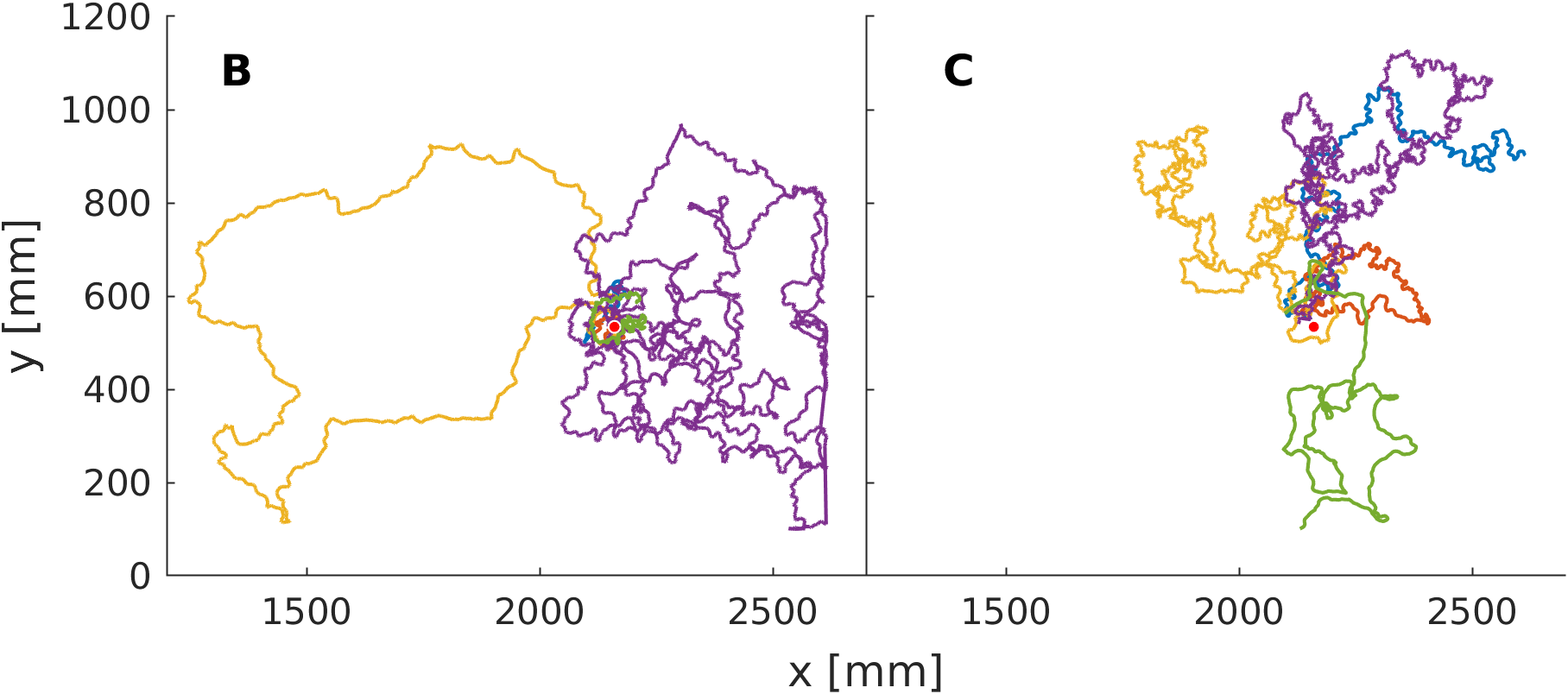
ants do not coordinate their search much through chemical signals
Previous work showed that ants walk straighter and faster on surfaces which are marked with chemical footprints of nestmates. We find the opposite effect, which we explain by a) footprints making ants walk straighter, and b) interindividual variation combined with environmental heterogeneity mean reverse causation to the expected. In nature, environmental cues are likely more important than chemical footprints. To be replaced once published: (Popp & Dornhaus, 2023)
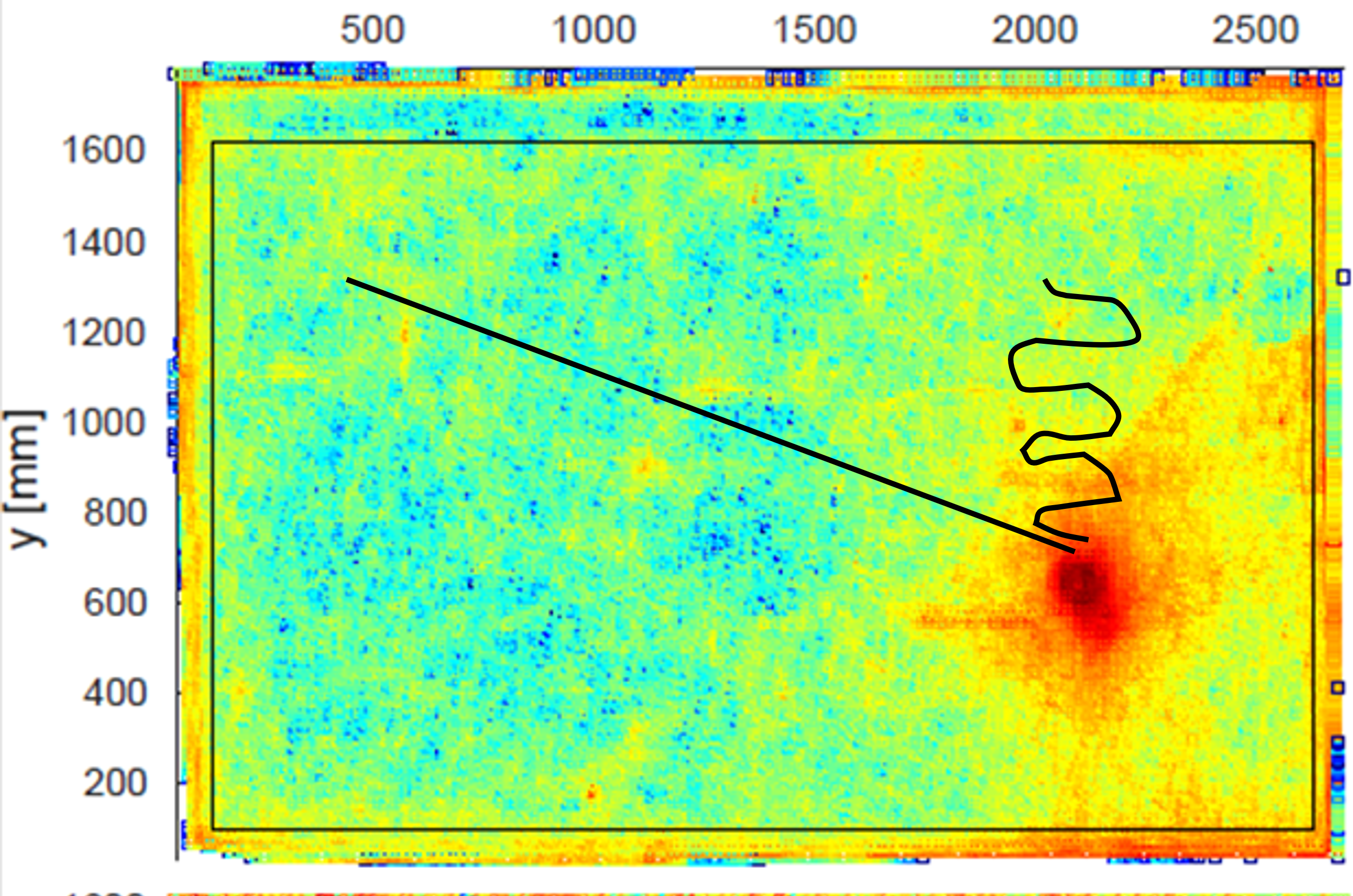
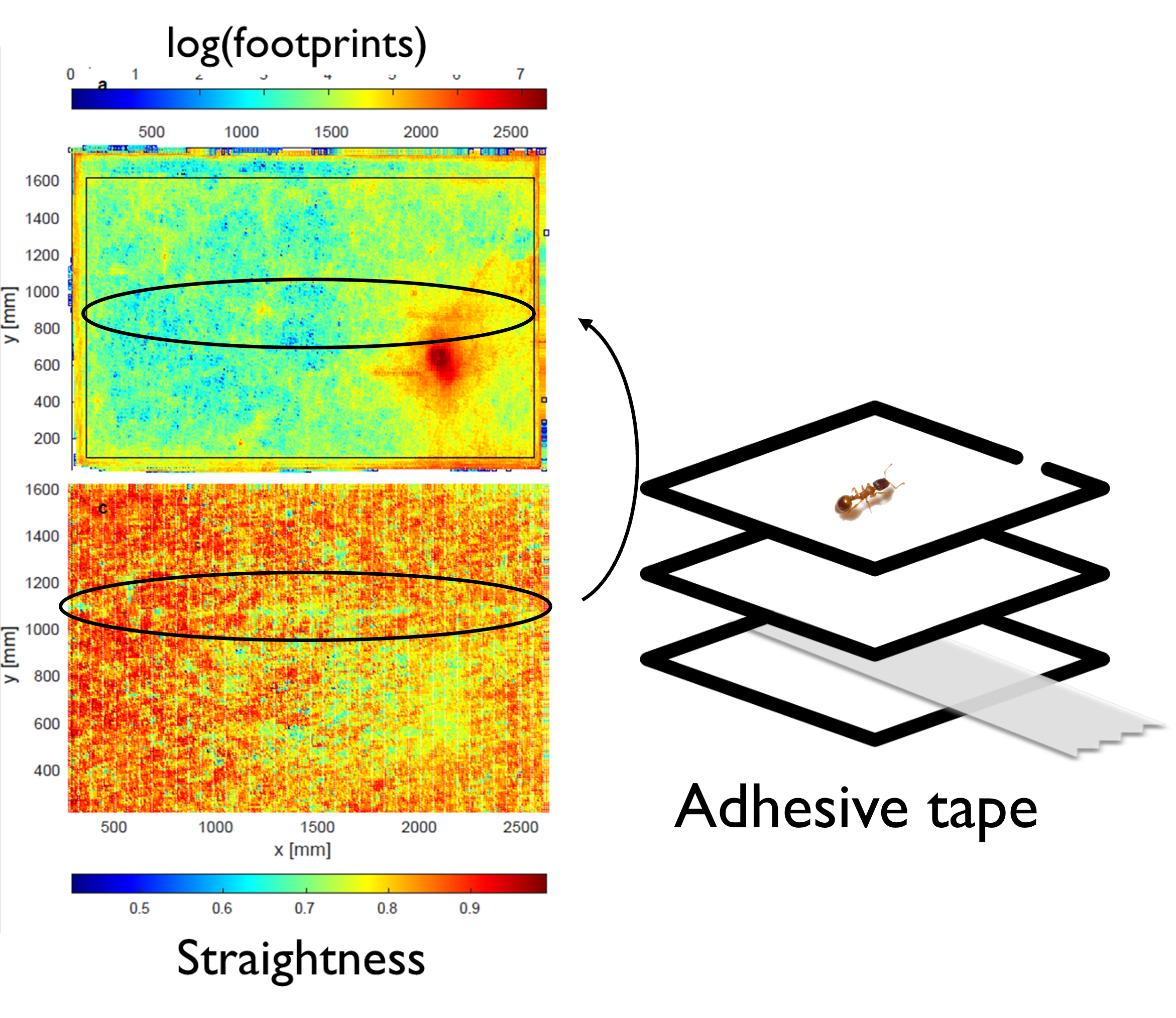
trying to find patterns and recreate tracks using machine learning
As a side project, I collaborated with the Kobourov lab and Alon Efrat to identify and characterize patterns in the movement patterns, like the meanders. We applied dimensionality reduction and clustering,identifying common motifs of the meandering, and explored the creation of tracks via a specialized General Adversarial Network and an ARIMA model
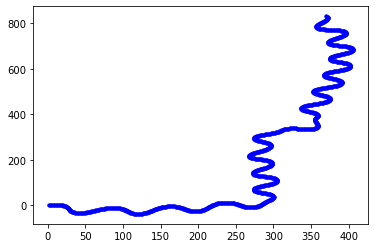
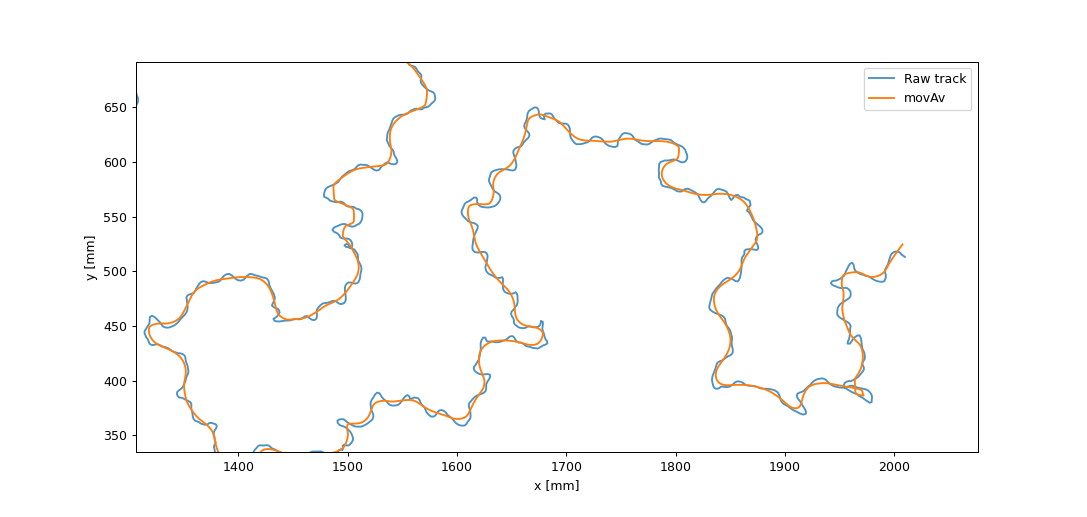
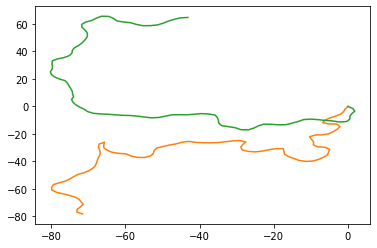
Code can be found here.
